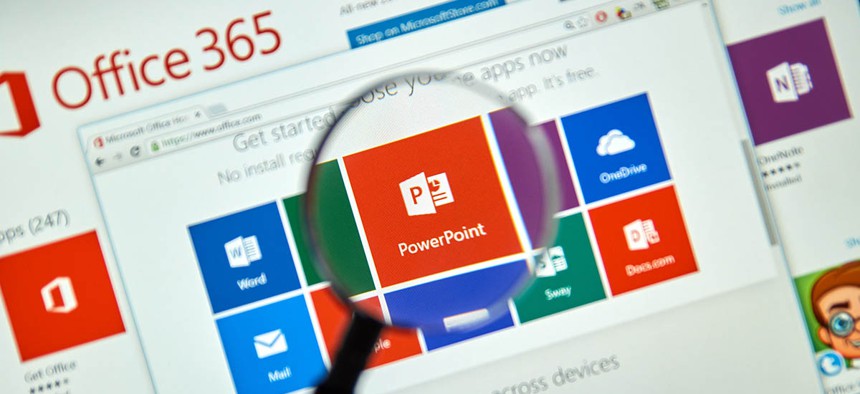The Scientific Reason No One Wants To See Your PowerPoint Presentation

dennizn/Shutterstock.com
Its linear format isn’t designed for an audience raised on moving images.
Hating PowerPoint is one of the society’s last acceptable prejudices.
The tedious PowerPoint slide deck has become a well-worn cliché of numbing office life, the communication equivalent of a jammed copy machine, and the program has been blamed for everything from dumbing down university education to crippling the US military.
There are lots of reasons PowerPoint, introduced by Microsoft in 1987, isn’t an ideal application for delivering information, but a big one is that its linear format isn’t designed for an audience raised on moving images.
When compared to Prezi, a cloud-based presentation startup that allows users to zoom in and out of a presentation, PowerPoint is less persuasive and less effective, according to a study from researchers at Harvard University and the Keck Graduate Institute in Claremont, California. (Note that the study was funded by Prezi, though it was published in PLOS One, an online peer-reviewed journal.)
The biggest difference between the two was the animation of a zoomable-user interface (ZUI)—a device similar to the zooming feature in Google Maps— which allows presenters to highlight details, then return to an index screen. While animations can be added to PowerPoint, they tend to be superfluous and distracting, while Prezi’s animated motion reinforces the message of the presentation.
Because the human brain process information both visually (using shapes and colors) and spatially (using location and distance, the researchers said, ZUI helps audiences by locating the information in a place, allowing them to mentally retrieve it later. (In memorization competitions, participants will create mental landscapes, and place “objects” throughout, then recall where they left them).
Audiences consistently prefer animated websites and advertisements over their static equivalents, the researchers said, and tend to rate presentations that use them more highly, regardless of content. “Because ZUI presentations are more engaging than slideshows, ZUI presentations and presenters are judged more positively than slideshows,” the researchers said.
NEXT STORY: Facial Recognition Coming to Police Body Cameras


